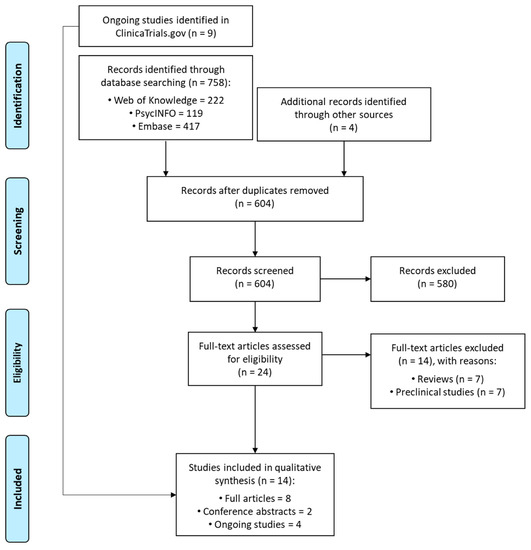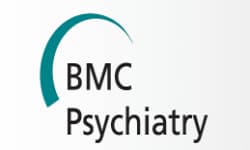 “The contribution of substance use disorders to the burden of severe maternal morbidity in the United States is poorly understood. The objective was to estimate the independent association between substance use disorders during pregnancy and risk of severe maternal morbidity.
“The contribution of substance use disorders to the burden of severe maternal morbidity in the United States is poorly understood. The objective was to estimate the independent association between substance use disorders during pregnancy and risk of severe maternal morbidity.
Results: Pregnant women with an opioid use disorder had an increased risk of severe maternal morbidity compared with women without an opioid use disorder (18-34 years: aOR: 1.51; 95 % CI: 1.41,1.61, >34 years: aOR: 1.17; 95 % CI: 1.00,1.38). Compared with their counterparts without stimulant use disorders, pregnant women with a simulant use disorder (amphetamines, cocaine) had an increased risk of severe maternal morbidity (18-34 years: aOR: 1.92; 95 % CI: 1.80,2.0, >34 years: aOR: 1.85; 95 % CI: 1.66,2.06). Cannabis use disorders were not associated with an increased risk of severe maternal morbidity.
Conclusion: Substance use disorders during pregnancy, particularly opioids, amphetamines, and cocaine use disorders, may contribute to severe maternal morbidity in the United States.”
https://pubmed.ncbi.nlm.nih.gov/32846369/
“Cannabis use disorder was not associated with increased risk of severe maternal morbidity.”
https://www.sciencedirect.com/science/article/abs/pii/S0376871620304014?via%3Dihub

 “Although several lines of evidence support the hypothesis of a dysregulation of serotoninergic neurotransmission in the pathophysiology of obsessive-compulsive disorder (OCD), there is also evidence for an involvement of other pathways such as the GABAergic, glutamatergic, and dopaminergic systems.
“Although several lines of evidence support the hypothesis of a dysregulation of serotoninergic neurotransmission in the pathophysiology of obsessive-compulsive disorder (OCD), there is also evidence for an involvement of other pathways such as the GABAergic, glutamatergic, and dopaminergic systems. “Methicillin-resistant Staphylococcus aureus (MRSA) has proven to be an imminent threat to public health, intensifying the need for novel therapeutics.
“Methicillin-resistant Staphylococcus aureus (MRSA) has proven to be an imminent threat to public health, intensifying the need for novel therapeutics. “Melanoma is the fourth most common type of cancer diagnosed in Australians after breast, prostate, and colorectal cancers. While there has been substantial progress in the treatment of cancer in general, malignant melanoma, in particular, is resistant to existing medical therapies requiring an urgent need to develop effective treatments with lesser side effects.
“Melanoma is the fourth most common type of cancer diagnosed in Australians after breast, prostate, and colorectal cancers. While there has been substantial progress in the treatment of cancer in general, malignant melanoma, in particular, is resistant to existing medical therapies requiring an urgent need to develop effective treatments with lesser side effects. “The etiopathogenesis of autism spectrum disorder (ASD) remains largely unclear.
“The etiopathogenesis of autism spectrum disorder (ASD) remains largely unclear.
 “A significant number of epilepsy patients are refractory to conventional antiepileptic drugs. These patients experience considerable neurocognitive impairments that impact their quality of life and ability to function independently. This need for alternative treatment has generated increased interest in cannabis use as a therapeutic option in these patients.
“A significant number of epilepsy patients are refractory to conventional antiepileptic drugs. These patients experience considerable neurocognitive impairments that impact their quality of life and ability to function independently. This need for alternative treatment has generated increased interest in cannabis use as a therapeutic option in these patients. “Posttraumatic stress disorder (PTSD) may stem from the formation of aberrant and enduring aversive memories. Some PTSD patients have recreationally used Cannabis, probably aiming at relieving their symptomatology.
“Posttraumatic stress disorder (PTSD) may stem from the formation of aberrant and enduring aversive memories. Some PTSD patients have recreationally used Cannabis, probably aiming at relieving their symptomatology.
 “Alcohol is a psychoactive substance highly used worldwide, whose harmful use might cause a broad range of mental and behavioural disorders. Underlying brain impact, the neuroinflammatory response induced by alcohol is recognised as a key contributing factor in the progression of other neuropathological processes, such as neurodegeneration. These sequels are determined by multiple factors, including age of exposure.
“Alcohol is a psychoactive substance highly used worldwide, whose harmful use might cause a broad range of mental and behavioural disorders. Underlying brain impact, the neuroinflammatory response induced by alcohol is recognised as a key contributing factor in the progression of other neuropathological processes, such as neurodegeneration. These sequels are determined by multiple factors, including age of exposure.
